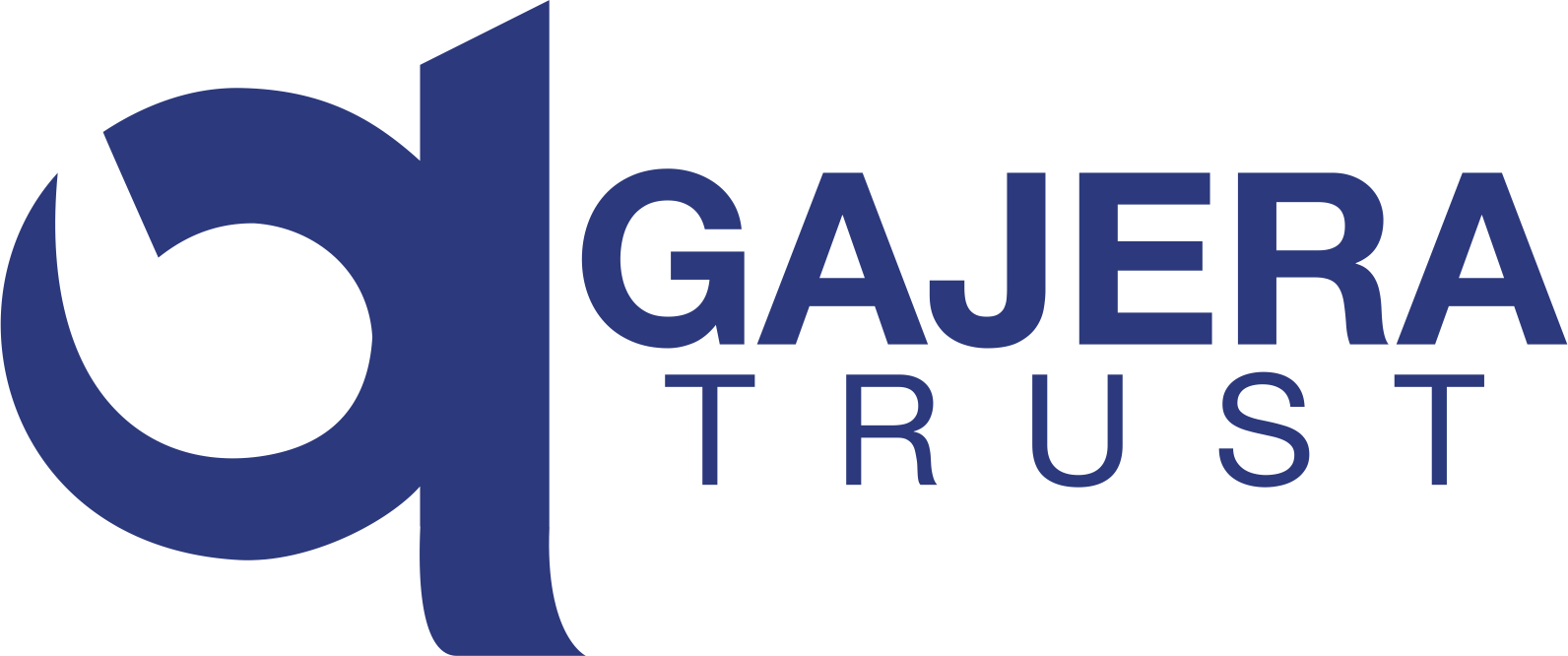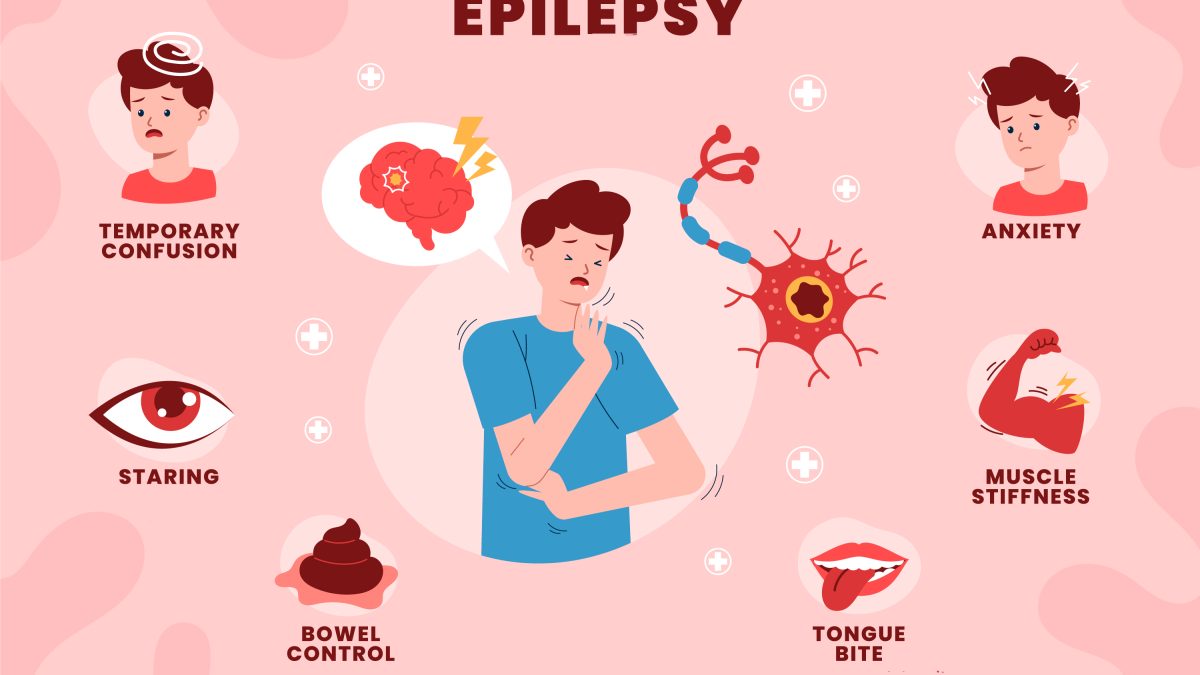- Have any questions?
- (+91) 02792 230240
- info@smcgh.edu.in

Taking a Stand: Breast Cancer Awareness Month
November 10, 2023
Things to keep in mind as you age for a healthy life
December 8, 2023Epilepsy is a neurological disorder characterized by recurrent, unpredictable seizures
resulting from abnormal electrical activity in the brain. These seizures can manifest in
various ways, from momentary lapses in awareness to convulsive movements and altered
sensations. Epilepsy can affect individuals of any age, gender, or background, with causes
ranging from genetic factors and brain injuries to infections or developmental disorders.
Living with epilepsy involves managing the condition through a combination of medication,
lifestyle adjustments, and, in some cases, surgical interventions. Despite its challenges,
many people with epilepsy lead full and active lives. Ongoing research continues to enhance
our understanding of the disorder and improve treatment options. Education and awareness
play crucial roles in dispelling myths and reducing the stigma surrounding epilepsy, fostering
a more supportive and inclusive environment for those affected by this condition.
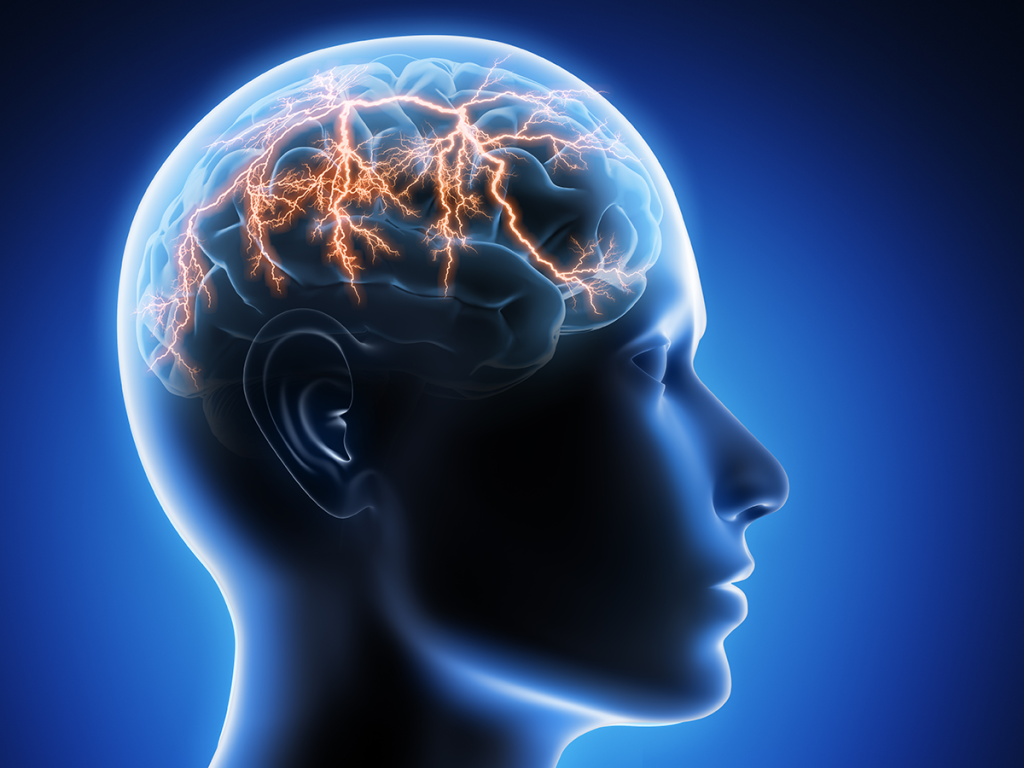
Myths and Facts about Epilepsy
Sometimes, people believe things about epilepsy that aren’t true. One common myth is that
everyone with epilepsy has big, shaking fits. But that’s not always the case. Epilepsy comes
in different forms, and some seizures can be small and not include shaking at all. Another
myth is that people with epilepsy are not smart. That’s definitely not true! People with
epilepsy can be just as smart as anyone else, and their brains work well between seizures.
It’s important to know the real facts about epilepsy. Epilepsy is a diverse condition with
different causes and symptoms. It can happen because of things like genes, injuries to the
brain, or infections. The good news is that many people with epilepsy can manage it with
medicines, lifestyle changes, or sometimes surgery. By learning the facts and understanding
epilepsy better, we can create a more welcoming and supportive community for everyone
affected by this condition.
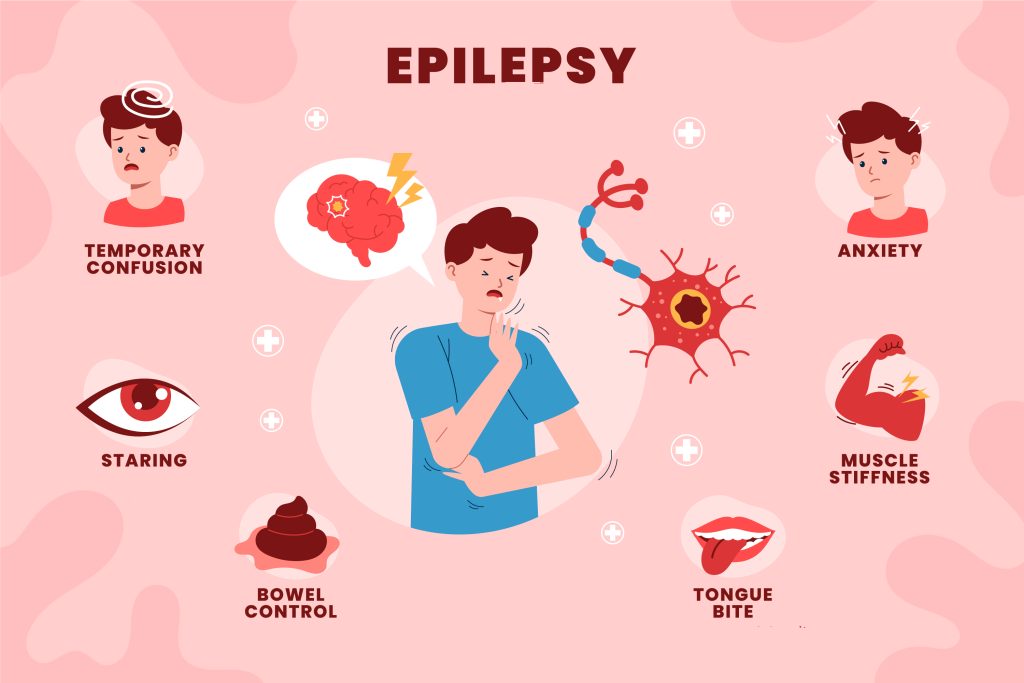
Another essential thing to know about epilepsy is that it’s more common than you might
think. Many people around the world have epilepsy, and they live normal, full lives. It’s not
something to be scared of or avoid talking about. People with epilepsy can be your friends,
family, or coworkers. By learning and sharing the facts, we can break down the barriers of
misunderstanding and help create a world where everyone feels accepted and supported,
regardless of whether or not they have epilepsy. It’s about spreading awareness, being kind,
and treating everyone with respect, no matter what challenges they may face.0000
The importance of Epilepsy awareness
Epilepsy awareness holds profound significance in fostering understanding, compassion,
and support for individuals living with this neurological disorder. Despite affecting millions
worldwide, epilepsy often carries misconceptions and stigmas that can isolate those who
grapple with the condition. By promoting epilepsy awareness, we create a platform for
dispelling myths and replacing ignorance with knowledge. Awareness campaigns not only
educate the general public about the diverse nature of epilepsy but also emphasize the
importance of empathy and inclusivity. Understanding that epilepsy is more than just
seizures, awareness initiatives shed light on the various challenges individuals face, from
navigating medications to coping with the psychological impact, fostering a more informed
and compassionate society.
Moreover, epilepsy awareness plays a pivotal role in destigmatizing the condition and
promoting inclusivity in various aspects of life. Whether in schools, workplaces, or social
settings, increased awareness encourages an environment that supports and
accommodates individuals with epilepsy. Recognizing the diverse experiences of those living
with epilepsy helps them come out of it.
Seizure/epilepsy first aid
Understanding and applying proper first aid for seizures is crucial in ensuring the safety and
well-being of individuals experiencing an epileptic episode. When witnessing someone
having a seizure, the primary goal is to protect them from harm. Begin by creating a safe
environment by clearing away any sharp objects or dangerous obstacles. Gently guide the
person to the ground to prevent injury from falling. Once on the ground, turn the person onto
their side to help clear the airway and allow any fluids to drain. Cushion their head with a soft
object to prevent head injuries, and loosen tight clothing around the neck if possible. Avoid
putting anything in their mouth, as this can lead to injury. Keep track of the duration of the
seizure, and once it subsides, stay with the person and offer reassurance as they regain
consciousness. If the seizure lasts longer than five minutes or if another seizure follows
immediately, seek emergency medical help.
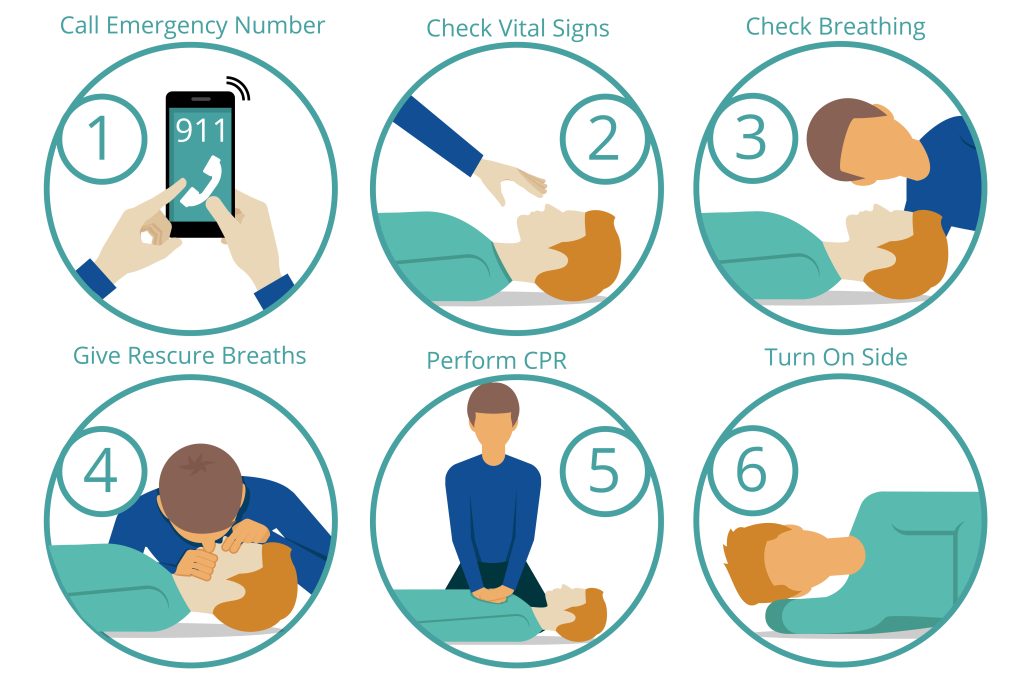
Additionally, spreading awareness about seizure first aid is vital in empowering communities
to respond effectively. Educating friends, family, and caregivers on the appropriate actions to
take during a seizure can significantly improve outcomes for individuals with epilepsy.
Training programs and informational campaigns can help dispel myths and reduce the
stigma surrounding epilepsy, fostering a more supportive and informed community.
Knowledgeable and compassionate first responders can make a significant difference in the
lives of those living with epilepsy, promoting a safer and more understanding environment
for everyone.
The Future of Epilepsy Care
The future of epilepsy care holds great promise as advancements in medical research and
technology continue to reshape the landscape of treatment and support. Breakthroughs in
neurology and pharmaceuticals are paving the way for more effective and personalized
therapies, aiming to minimize seizures and improve the quality of life for individuals living
with epilepsy. Furthermore, the integration of innovative technologies such as wearable
devices and smart monitoring systems is revolutionizing how seizures are detected and
managed in real-time, empowering both patients and healthcare providers with valuable
insights. As awareness grows and stigmas diminish, the future of epilepsy care is poised to
be marked by increased accessibility to cutting-edge treatments, enhanced community
support, and a more comprehensive understanding of the diverse needs of those affected by
this neurological condition.

